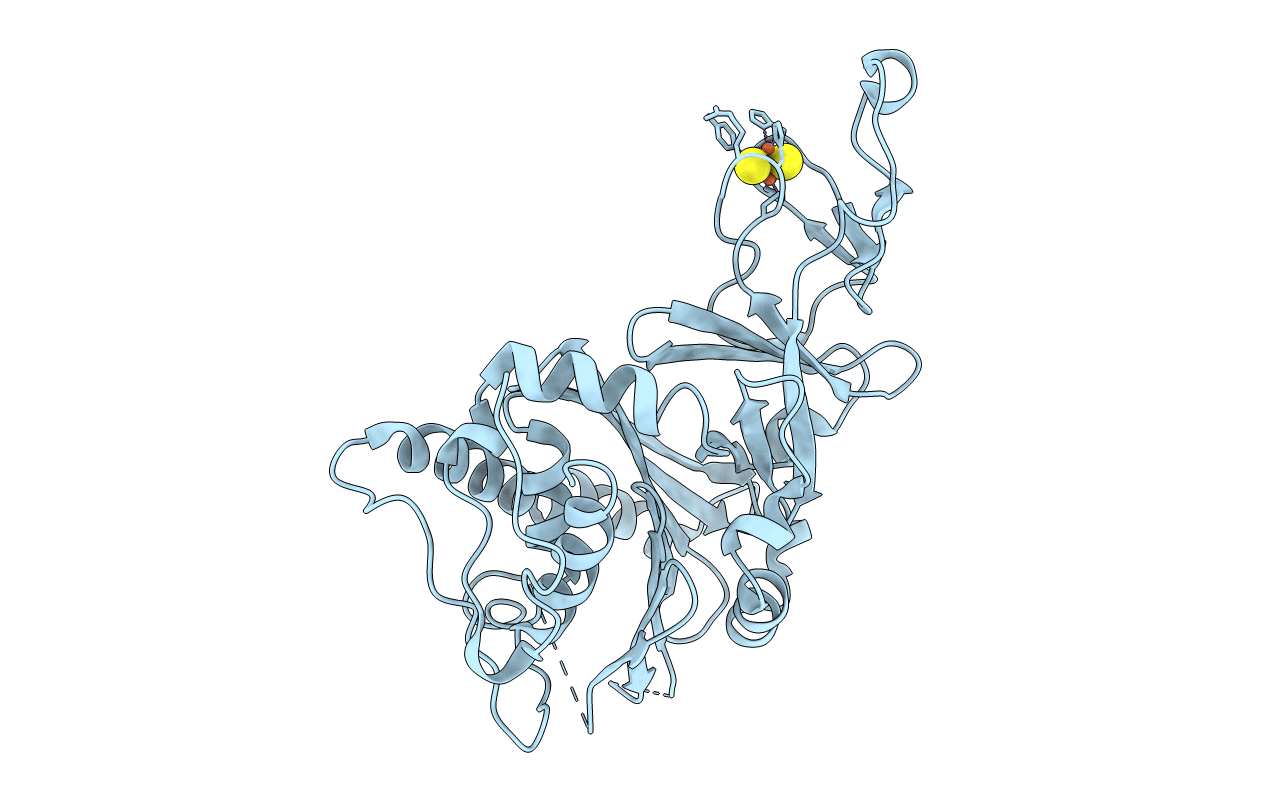
Deposition Date
2020-03-05
Release Date
2020-11-18
Last Version Date
2024-01-24
Entry Detail
PDB ID:
6Y8J
Keywords:
Title:
Crystal structure of the apo form of a quaternary ammonium Rieske monooxygenase CntA
Biological Source:
Source Organism:
Acinetobacter baumannii (Taxon ID: 470)
Host Organism:
Method Details:
Experimental Method:
Resolution:
2.05 Å
R-Value Free:
0.24
R-Value Work:
0.20
R-Value Observed:
0.20
Space Group:
P 63


